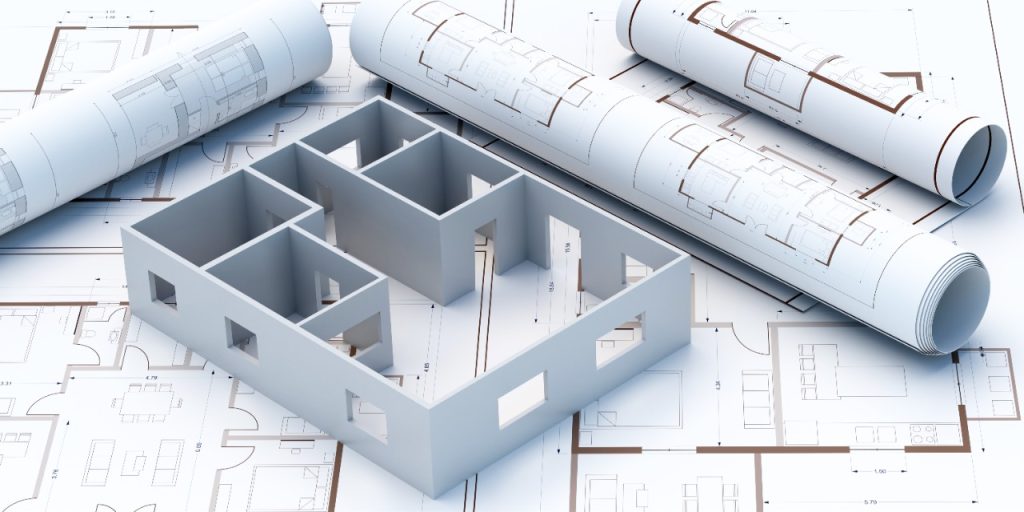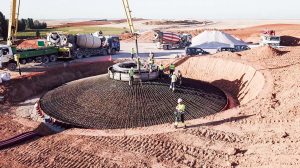Building For Resilience: How To Construct Structures That Can Withstand Natural Disasters

Natural disasters such as hurricanes, earthquakes, floods, and wildfires can cause significant damage to buildings and infrastructure. Recently, a growing focus has been on building resilience and designing and constructing structures that can withstand these events and minimize damage. In this article, we will explore some critical strategies for building strength and how they can help to protect buildings and communities from natural disasters. Click this to know about upcoming Dubai construction projects.
Site selection:
The location of a building is an essential factor in its resilience. It is crucial to select a site outside of high-risk areas, such as flood zones, landslides, and earthquake-prone regions. Site selection should also consider the potential impact of climate change, such as the sea-level rise and increased storm intensity.
Building materials:
Building materials are another critical factor in building resilience. It is essential to use durable materials resistant to damage from natural disasters. For example, reinforced concrete and steel can provide excellent resistance to high winds and seismic events, while impact-resistant glass can help to protect against flying debris during storms.
Foundation design:
The foundation of a building is an essential component of its resilience. It should be designed to withstand the forces generated by natural disasters such as floods and earthquakes. Foundations should be elevated in flood-prone areas, while earthquake-resistant foundations should be prepared to distribute the forces generated by seismic activity.
Roof design:
Roofs are often the most vulnerable component of a building during natural disasters. Roof design should be carefully considered, with materials and designs that are resistant to high winds, heavy rain, and impact from debris. For example, metal roofing can resist high winds, while tile roofs can withstand heavy rainfall.
Building resilience is crucial in protecting buildings and communities from the impact of natural disasters. By selecting appropriate sites, using durable building materials, designing structures to withstand specific types of natural disasters, designing foundations to withstand forces generated by natural disasters, and designing roofs that can resist high winds and heavy rain, buildings can be constructed to withstand a wide range of natural disasters. By incorporating these strategies into construction projects, we can help to create more resilient communities and reduce the impact of natural disasters on people and infrastructure.




